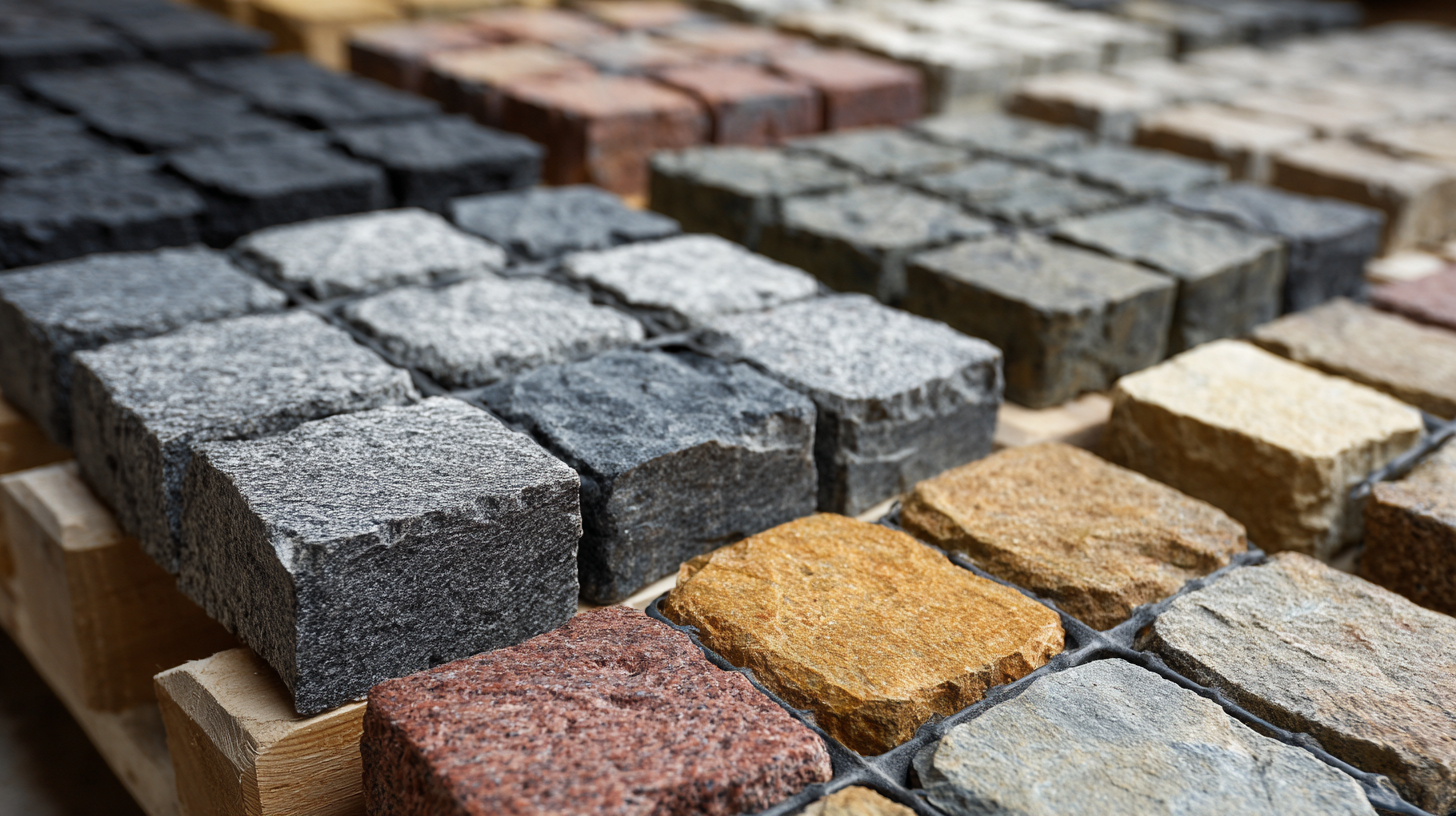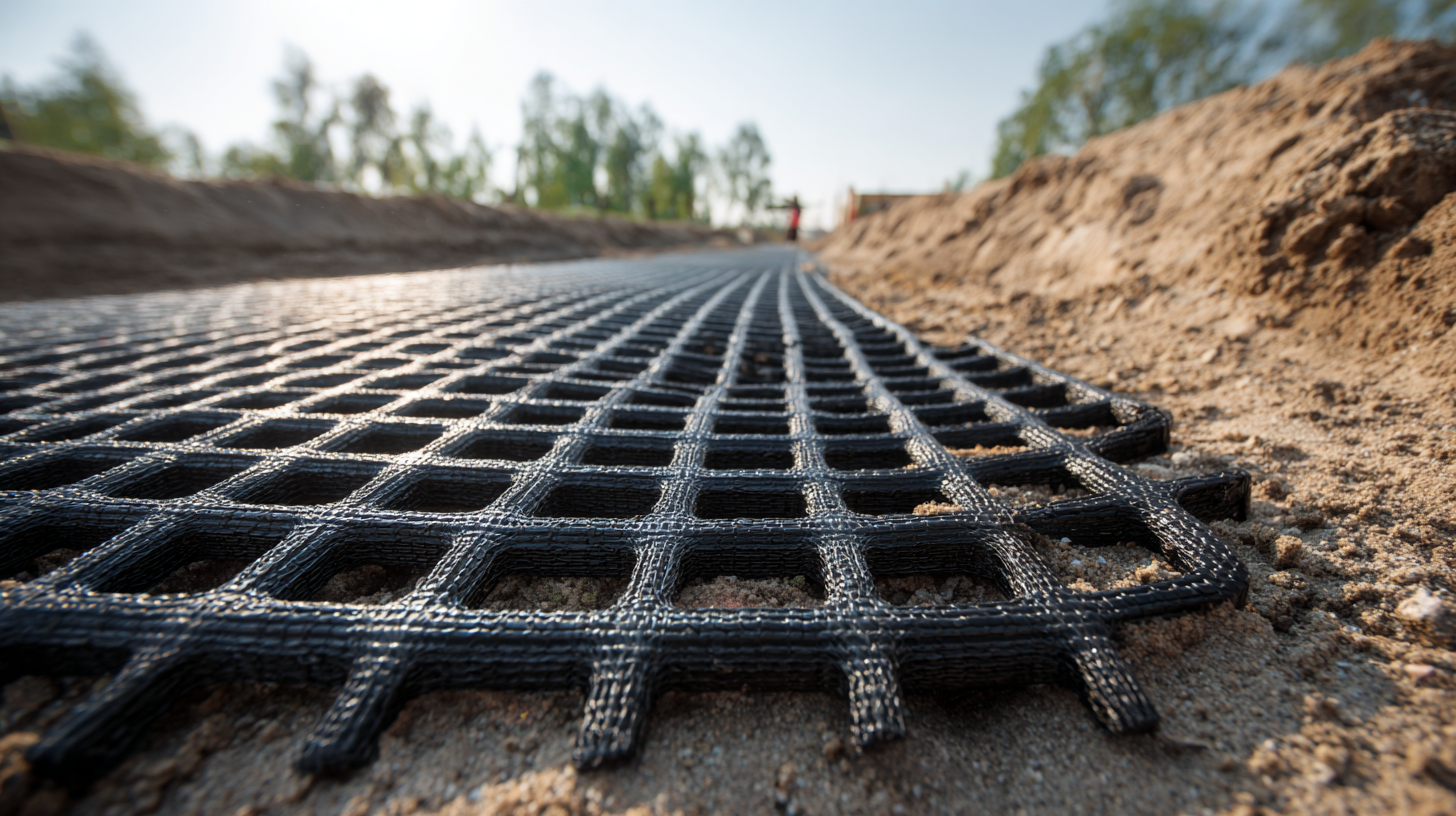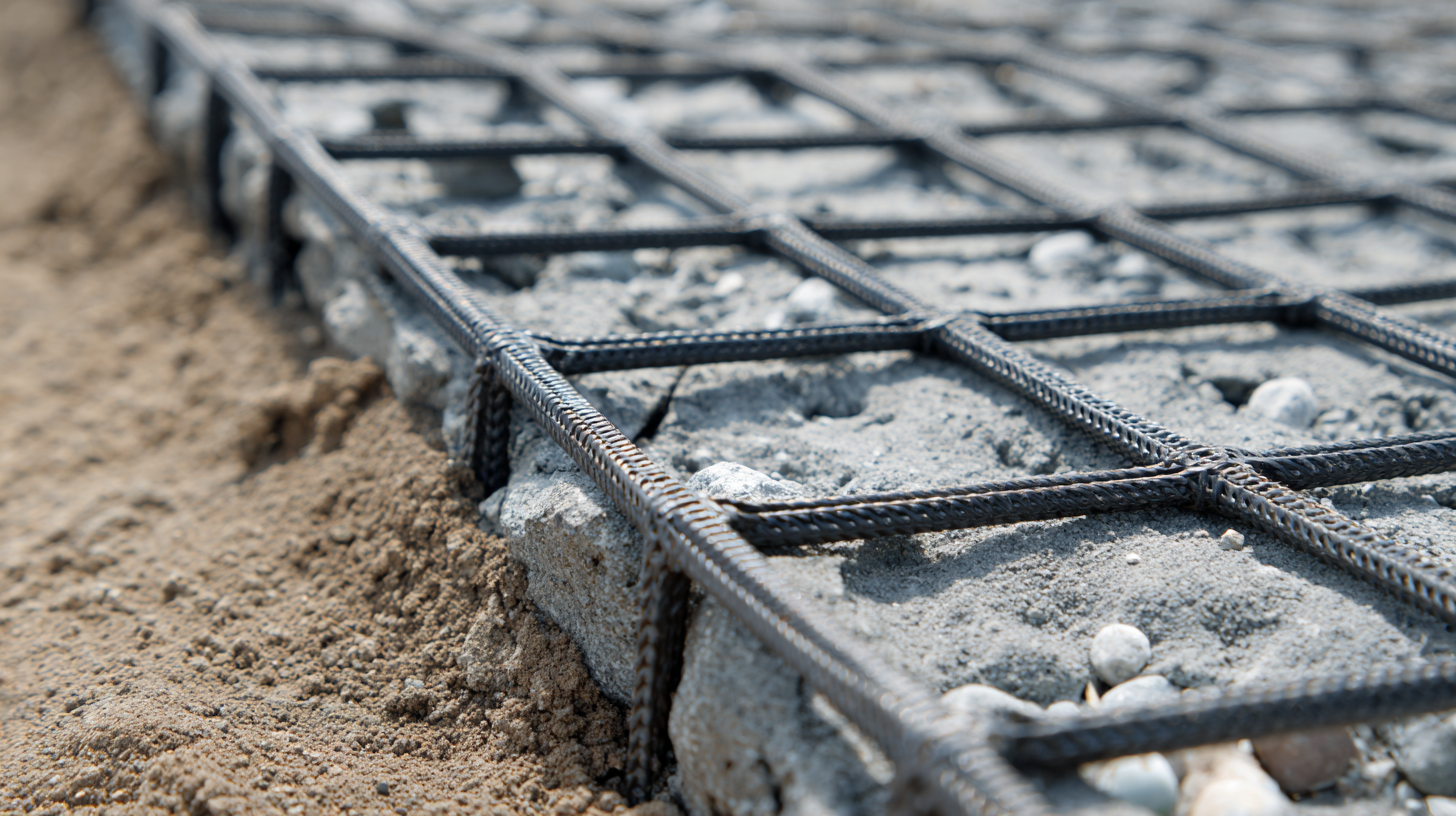Inquiry
Form loading...
- Phone
- E-mail
In the realm of paving solutions, the strategic use of geogrid for pavers has become paramount, particularly in enhancing stability and load distribution in various applications. According to a report by Grand View Research, the global geogrid market is projected to reach $37.7 billion by 2025, driven by growing infrastructure development and the increasing need for robust ground stabilization methods. As the demand for durable and sustainable paving solutions rises, it is crucial to select the right geogrid that meets specific project requirements.

This article presents five expert tips to guide you in choosing the best geogrid for pavers, ensuring optimal performance and longevity of paving systems. Understanding the detailed technical parameters of various geogrid products will ultimately contribute to safer, more reliable paving outcomes in both commercial and residential environments.
 Geogrids are essential components in the installation of pavers, providing structural support and enhancing load distribution. Understanding the different types of geogrids is crucial to making the right choice for your project. The most common types include biaxial, uniaxial, and triaxial geogrids, each designed to accommodate various soil conditions and loads.
Geogrids are essential components in the installation of pavers, providing structural support and enhancing load distribution. Understanding the different types of geogrids is crucial to making the right choice for your project. The most common types include biaxial, uniaxial, and triaxial geogrids, each designed to accommodate various soil conditions and loads.
Biaxial geogrids are versatile and often used in residential applications, while uniaxial geogrids are typically employed in heavier-duty situations, such as roads and industrial sites. Triaxial geogrids offer superior stability and are ideal for challenging terrains, making them suitable for robust installations.
When choosing the best geogrid for paver installation, consider the load requirements and the existing soil conditions. It’s vital to assess the anticipated traffic loads and select a geogrid that can effectively handle them. Additionally, ensure that the selected geogrid is compatible with the type of pavers and other materials being used. For optimal performance, look for geogrids made of high-quality polymers that resist environmental degradation.
Lastly, consult with industry experts or guidelines to help determine the right specifications for your project. This can lead to improved longevity and performance of your paver installation, ultimately resulting in a more durable surface that withstands the test of time.
When selecting geogrids for paver systems, several key factors should be considered to ensure optimal performance and longevity. One crucial aspect is the load-bearing capacity of the geogrid, as it must support the weight of traffic and the paver units without compromising structural integrity. Additionally, the compatibility of the geogrid with the soil type and the environmental conditions where it will be installed is essential for maximizing stability and minimizing settlement issues.

Another tip is to consider the installation method of the paver systems. Some geogrids are designed for easy integration with specific paver layouts, allowing for more efficient installation processes. This can significantly reduce labor costs and improve overall project timelines. Furthermore, examine the material properties of the geogrid for durability and resistance to degradation over time, as weathering can greatly impact the longevity of the paving solution in outdoor applications.
When considering the effectiveness of geogrids in pavement systems compared to traditional base materials, it's essential to focus on their impact on performance, especially under varying California Bearing Ratio (CBR) conditions. A recent numerical analysis highlighted that reinforced flexible pavements with geogrids exhibit significant improvements in load distribution and stress reduction within the subgrade layers, particularly at a CBR value of 8%. This finding aligns with industry reports indicating that the use of geogrids can enhance the bearing capacity by up to 30%, thereby extending the lifespan of pavement structures.
Furthermore, the Geotechnical Seismic Isolation (GSI) system has been gaining attention for its ability to enhance seismic resistance in building foundations. This system employs geosynthetic materials that serve as isolators between natural soil and building foundations, effectively mitigating seismic forces. Analytical data from recent studies show that structures utilizing GSI can reduce lateral displacements by up to 50% during seismic events, making them a viable option for regions prone to earthquakes. With increasing recognition of the benefits of geosynthetic materials in both pavement and seismic applications, the industry continues to recommend their use for improved structural stability and performance.
In recent years, the field of geogrid design has undergone significant transformations, driven by innovative technologies that enhance the performance of paving systems. Advanced materials, such as polymer-coated geogrids, offer improved durability and load distribution, making them an ideal choice for high-traffic applications. These innovations not only maximize the structural integrity of paved areas but also contribute to longevity, reducing maintenance costs over time.
Moreover, the integration of smart technologies into geogrid design is reshaping how we approach filtration and drainage in paving installations. Modern geogrids incorporate features that facilitate better water management, preventing erosion and ensuring a stable base for pavers. The use of geosynthetic materials with properties tailored for specific environmental conditions allows for customized solutions, enhancing both performance and sustainability. These cutting-edge developments signify a new era in geogrid technology, catering to the evolving demands of construction projects aiming for efficiency and resilience.
| Tip | Description | Material Type | Design Features | Performance Benefit |
|---|---|---|---|---|
| 1. Assess Load Requirements | Evaluate project needs to determine the load-bearing capacity. | High-density polyethylene (HDPE) | Large aperture design for increased stability | Enhanced load distribution and reduced settlement |
| 2. Choose the Right Aperture Size | Select aperture size based on soil type and application. | Polypropylene | Optimized aperture shape | Improved soil confinement and reinforcement |
| 3. Evaluate Durability and Weather Resistance | Consider environmental conditions for longevity. | Fiberglass | Corrosion-resistant coating | Increased lifespan and performance stability |
| 4. Consider Installation Method | Choose geogrids that align with your installation techniques. | Tensar | Easy-lay technology | Faster installation and reduced labor costs |
| 5. Research Product Certifications | Look for industry certifications that ensure quality. | Composite materials | Certified for structural integrity | Guaranteed performance and reliability |
When selecting the best geogrid for pavers, maintenance is a crucial consideration that can significantly enhance the longevity and effectiveness of your installation. Longevity is not just about choosing the right materials; it also involves understanding how these materials interact with the surrounding environment. Regular inspections of your paver and geogrid system are essential. Check for signs of displacement, erosion, or accumulation of sediment that may compromise the stability of the system. Implementing a routine maintenance schedule, including cleaning debris and ensuring proper drainage, can prevent potential issues before they escalate.
Another vital aspect of maintenance is the choice of appropriate landscaping and vegetation around your pavers. Selecting plants that do not require excessive watering can help mitigate soil erosion and reduce the moisture levels that could weaken the geogrid structure. Additionally, using a permeable surface allows for better water infiltration, which aids in maintaining the structural integrity of both the pavers and the geogrid. By combining mindful maintenance practices with suitable landscaping options, you can ensure that your paver and geogrid solutions remain durable and visually appealing for years to come.
